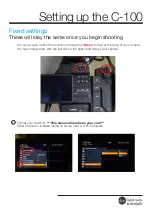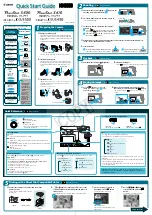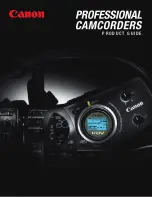
V1.02
Thom Hogan’s Complete Guide to the Nikon D300
Page 662
cameras, where you tend to clean
after
a shoot, I’ve found
it more useful to do all my cleaning with digital bodies
before
a shoot. Fortunately, you can do a simple
automatic sensor cleaning with the D300 by using
Clean
image sensor
on the SETUP menu. Definitely do this
before heading out to shoot. But I’d suggest taking a quick
reference picture afterwards to see if there is any
additional stubborn dust that may need a brush or wet
cleaning to remove.
• Likewise, clean your camera bag and accessories
. Dust
comes from two sources: the environment you shoot in,
which requires defensive techniques to control; and
unclean working practices, such as allowing a camera bag
to accumulate dirt and dust, not cleaning lenses after use,
etc. At least start the shooting session with everything
clean; it’ll postpone the inevitable dust specks.
• Format the CompactFlash cards you’ll be using
. First,
though, check to see if they have any files on them (see
“Things to do After Each Shooting Session” on page
<666>). Formatting deals with any bad sector and
fragmentation problems, and with the D300, helps keep
folder proliferation and the renumbering it causes to a
minimum.
• Top off your batteries
. I carry a converter/charger in my
auto just in case I forgot to top off my battery—as a last
resort I run a charge while driving to the shoot.
Fortunately, the D300’s battery handles “top-offs” just fine
(some other batteries prefer to be completely discharged
prior to charging). Don’t forget the batteries for your flash
and accessories, if any.
• Verify that you have everything you need for the shoot
.
Personally, I like checklists, which keep me from
forgetting various cords I might need or my backup
storage devices. With a D300, that list needs to include
things like the BF-1A camera body cap, and emergency
cleaning equipment. If I’m teaching a workshop, I have to
remember my video cable and extension.
















































